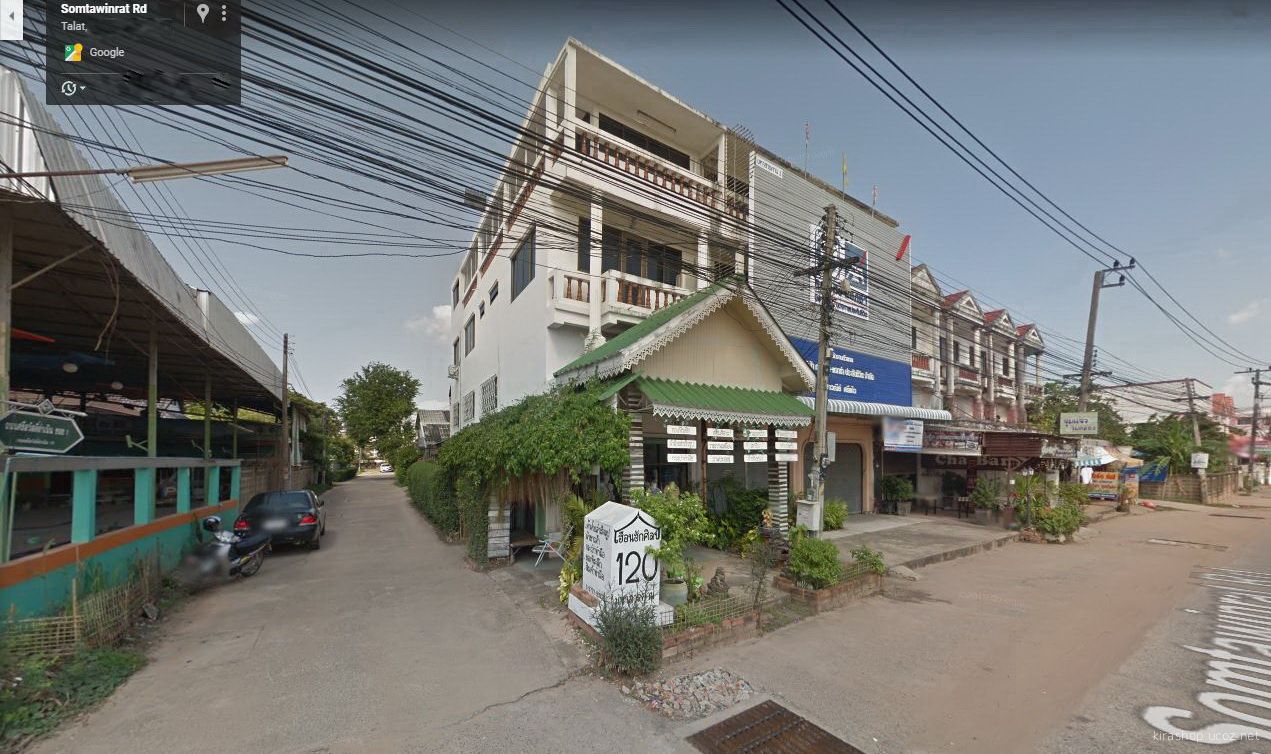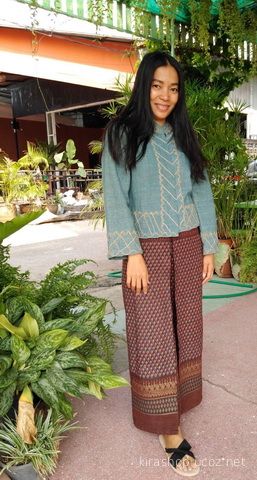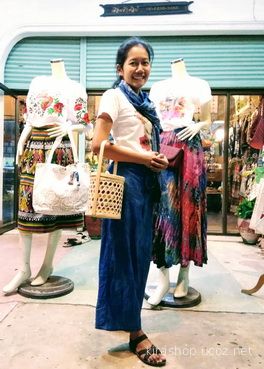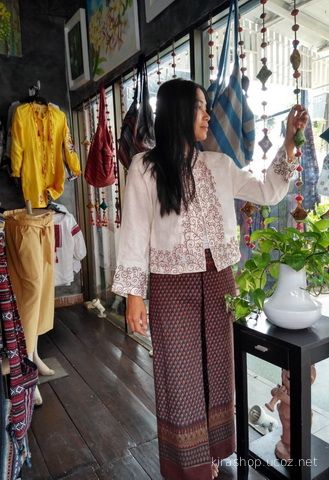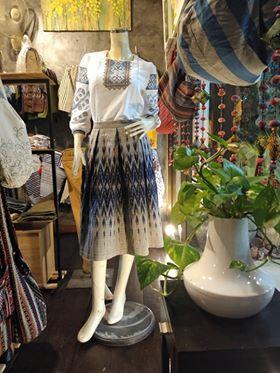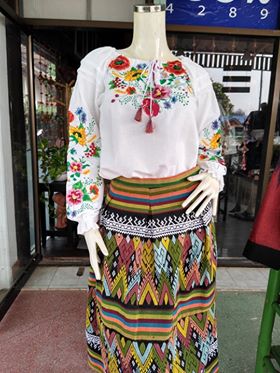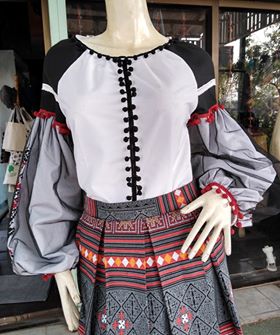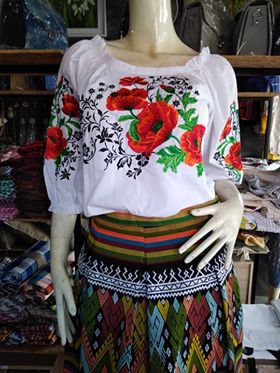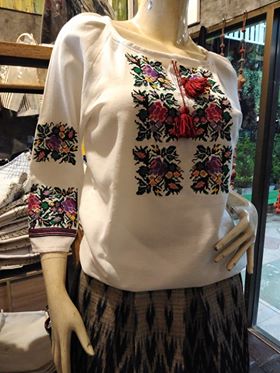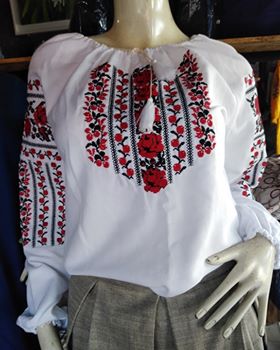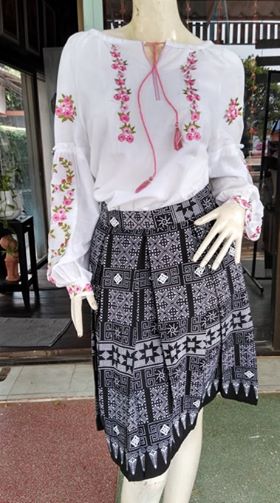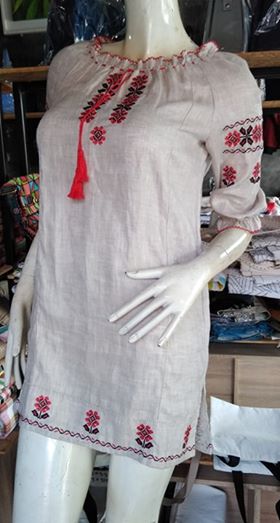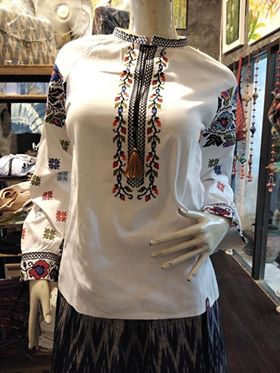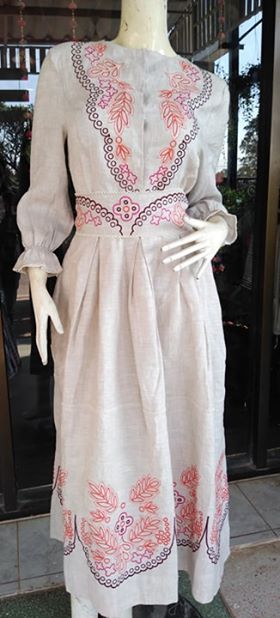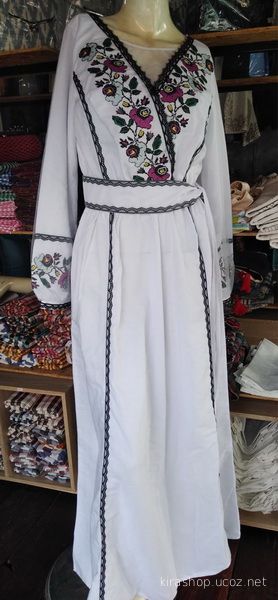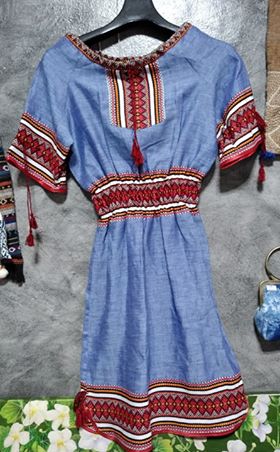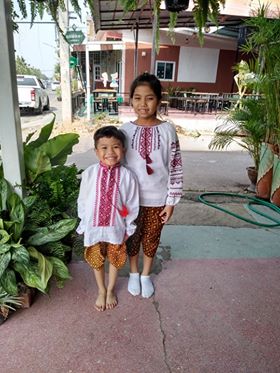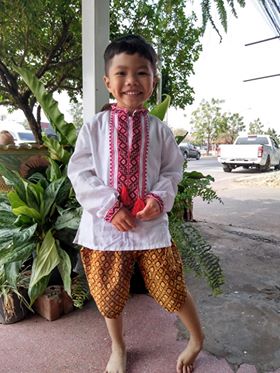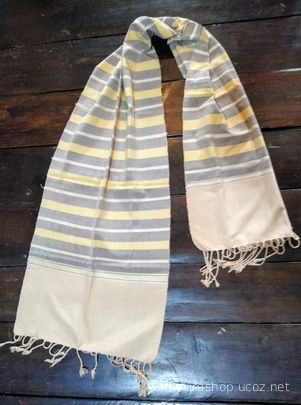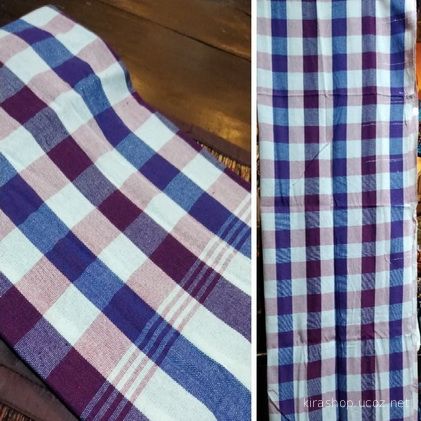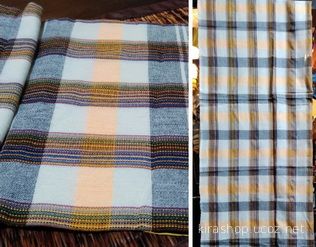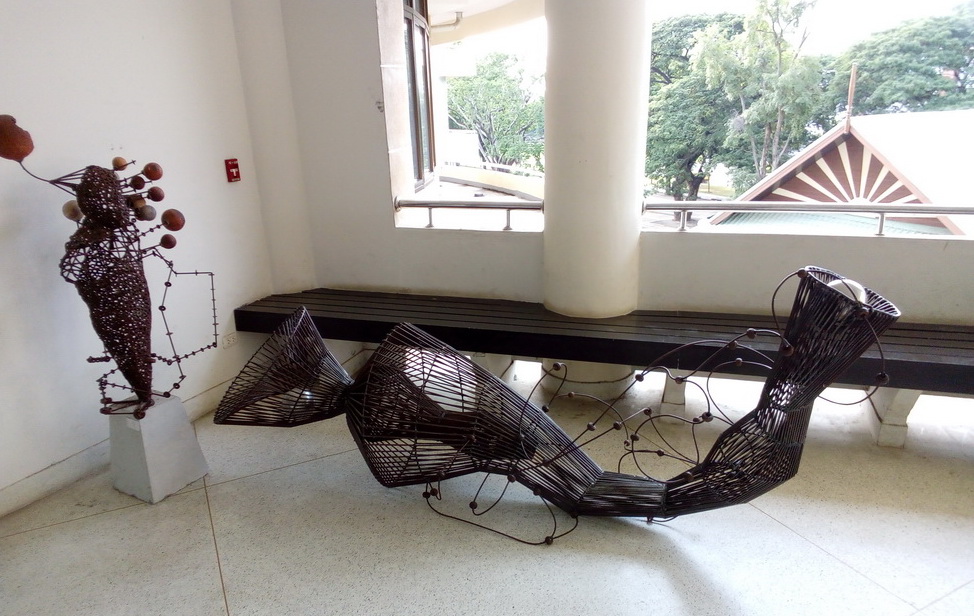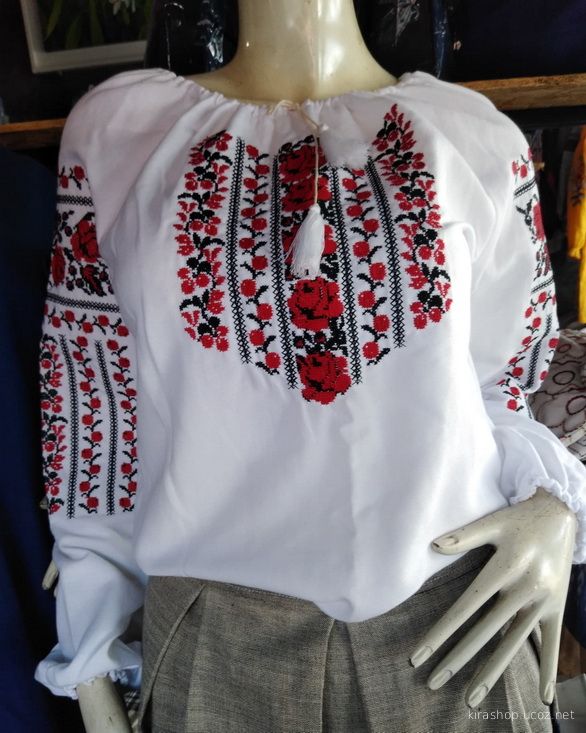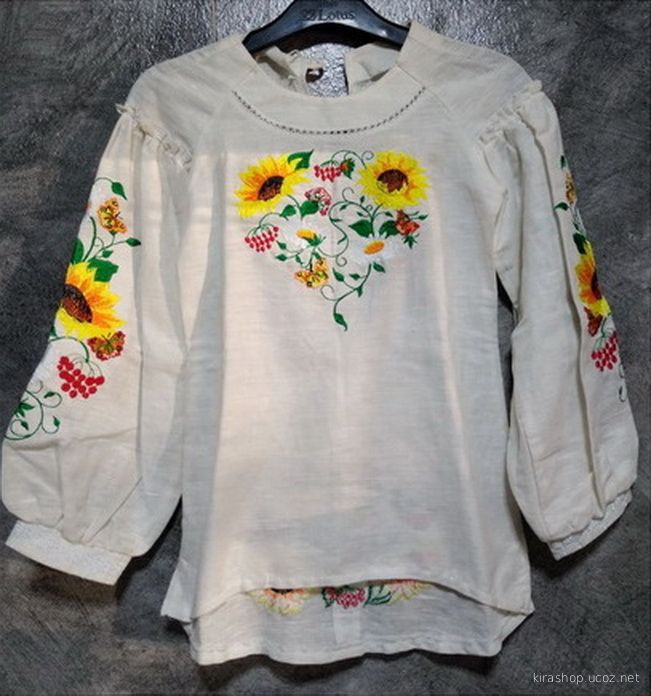|
Ethnic look is the most uncertain and versatile style we've ever met. It’s bold, bright, relaxed, natural and free and romantic. In general, this style is a reflection of different countries cultural traditions. There are lots of cultures around the world and every country has its own traditional clothes. All ethnic clothes are made of natural fabrics, that’s why it’s so popular to wear it during summer time. Of course, if you gonna be dressed fully as an African girl or young Indian, then it’s gonna be quite a weird look, especially in the city center. The best way is to learn cultural aspects of the foreign country and create an outfit that is going to feature typical colors, fabrics, and accessories. Women's Ethnic Fashion and Accessories Fashion Tips. Attachments:
Picture 1 |
The product is natural indigo-dyed fabrics and the items made with folk wisdom passed down by the Phutai people, has brought about valuable craftsmanship. The craft workshop is famed for its local wisdom of indigo dye, which is handed down through generations. Several villages now thrive on producing indigo clothes. Some villages develop their dyeing skills to meet the textile industry's demand. The indigo tanks are alive. It is the micro-organism that lives in the tanks with the indigo. Created by the fermentation of ashes, herbs and some sugar, the organic compound is a precursor to indigo dye and enables it's all-natural cold-dyeing process to give it a long-lasting blue. Handwoven cotton dyed in indigo sometimes using mad-mee techniques, which involve tying and dyeing the threads before weaving. Colors from different types of bark have since been introduced in combination with indigo, such as padauk, jambolan, neem, etc. Using design techniques, the indigo fabrics look modern and come in chic collections like travel outfits, airplane outfits, bags, shawls, scarfs, and more. By supporting Thai products, we can all take part in propelling the pride in our natural resources. The fabrics are safe for the health, and being produced by Thais, the designs are sure to please Thai aesthetics at just the right price.
This video is a property of the Department of Intellectual Property (DIP) Ministry of Commerce, Thailand.
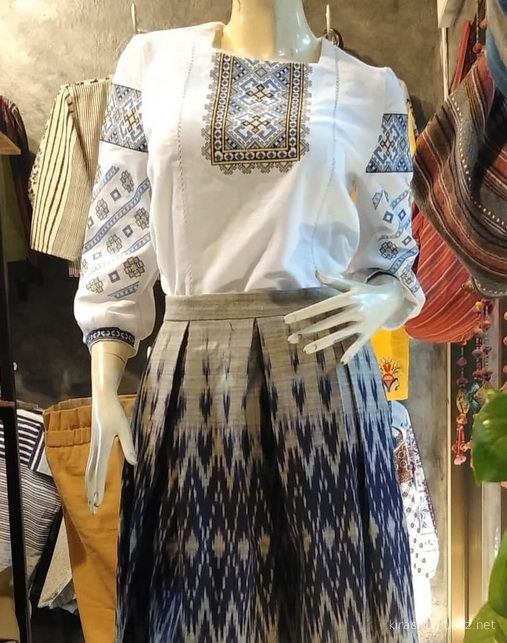
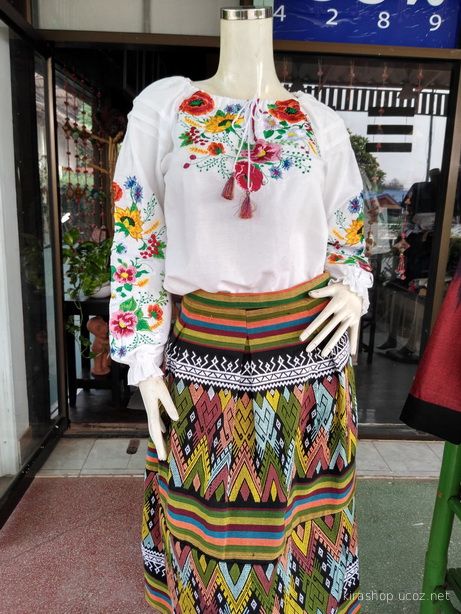 This style was popularized in the mid of 1960’s. Hippies started to involve boho details, bright prints, and colors in their outfits. Hippies were opened to any culture, religion, and nationality. Their open-minded views promoted various countries national clothes. By the way, ethnic from Latin word means people.
This style was popularized in the mid of 1960’s. Hippies started to involve boho details, bright prints, and colors in their outfits. Hippies were opened to any culture, religion, and nationality. Their open-minded views promoted various countries national clothes. By the way, ethnic from Latin word means people.
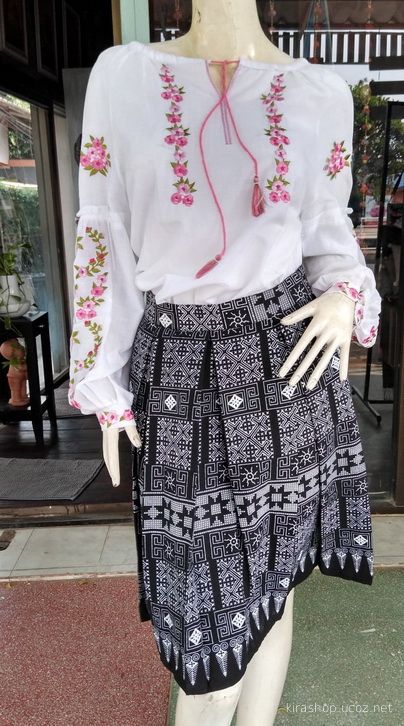 Personally, when we hear someone say ethnic look, we automatically imagine dresses, no matter what size and length, but they have to be lightweight and loose-fit.
Personally, when we hear someone say ethnic look, we automatically imagine dresses, no matter what size and length, but they have to be lightweight and loose-fit.
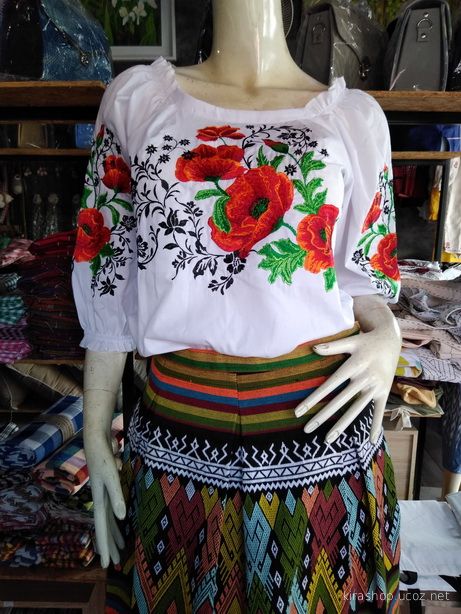 Ethnic touches can be seen in Japanese kimonos, Moroccan tunics, Indian sari, etc. This outfit comes with a bold look, featuring boho touches, gypsy details, hippies essentials and brutal grunge fashion.
Ethnic touches can be seen in Japanese kimonos, Moroccan tunics, Indian sari, etc. This outfit comes with a bold look, featuring boho touches, gypsy details, hippies essentials and brutal grunge fashion.
The clothes are functional and extremely comfortable. We are so in love with embroidered designs featuring lace, embellishments, and ornaments.
Don’t forget about accessories, like wooden necklaces, pretty earrings with feathers, statement silvery rings, head scarves, bright bracelets, etc.
Cultural multiplicity has touched many areas of day-to-day living. One such example of the promotion of positive cultural multiplicity can be found inside the fashion industry.
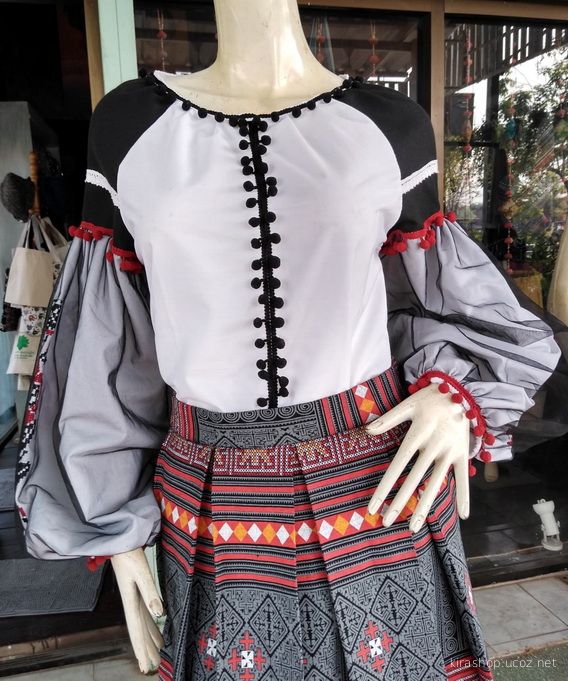 Open up the pages of popular magazines and you will find an impressive display of cultural stimuli.
Open up the pages of popular magazines and you will find an impressive display of cultural stimuli.
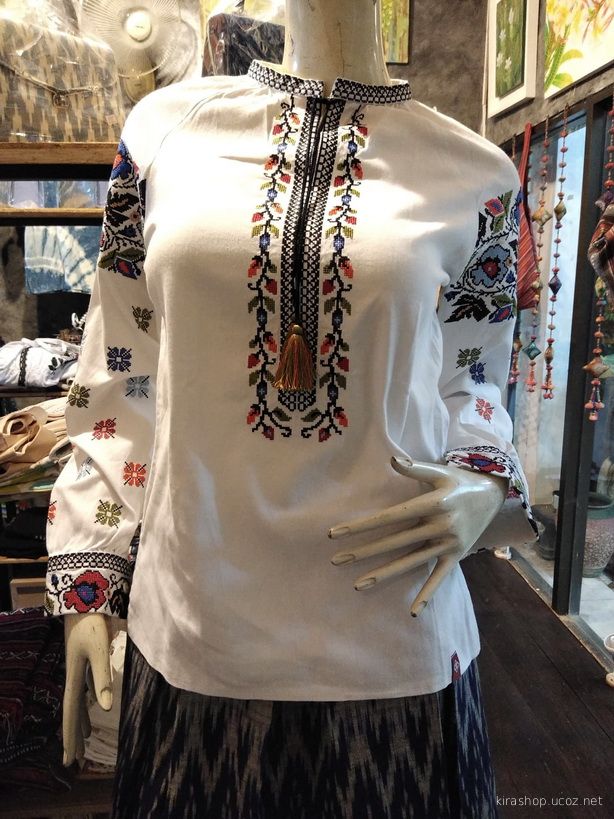
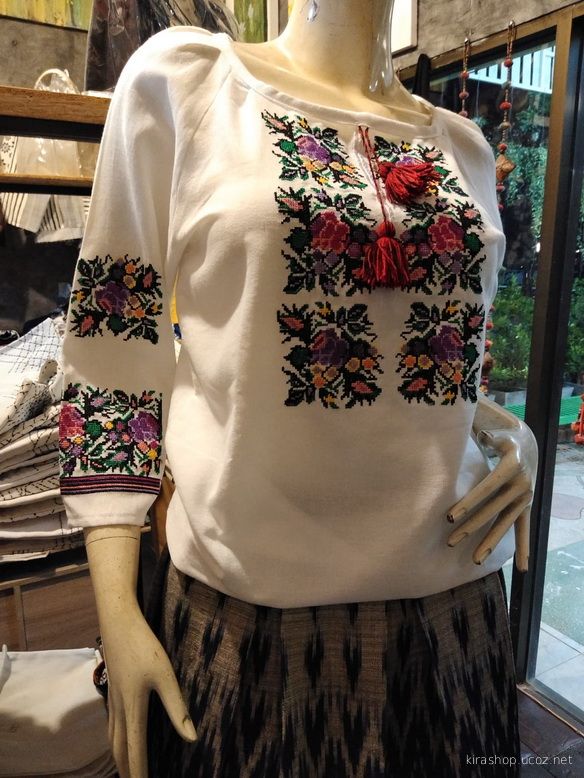 Gota Patti evokes strong feeling of Rajasthan.
Gota Patti evokes strong feeling of Rajasthan.
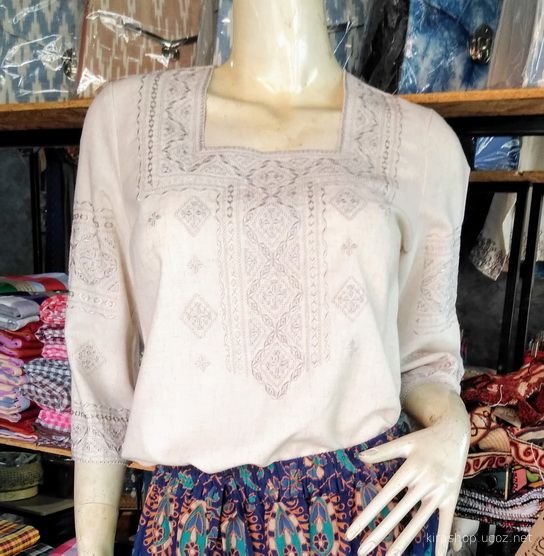 Tropical flowers disseminated across a shirt or skirts remind us Goan beaches. Nose pins, bindis or henna are being exhibited on the international ramps.
Tropical flowers disseminated across a shirt or skirts remind us Goan beaches. Nose pins, bindis or henna are being exhibited on the international ramps.
The shapes of our clothing reflect many cultures from the flowing intricate wraps of Chania Cholis of Gujarat to simple white saris of Kerala to the simplicity of a simple tunic& skirt from North Eastern states.
It has been said the plagiarism is the highest form of obsequiousness.
Not very long ago, culture could only be articulated in certain settings such as Italian food in an Italian restaurant or Chinese food in a Chinese restaurant only.
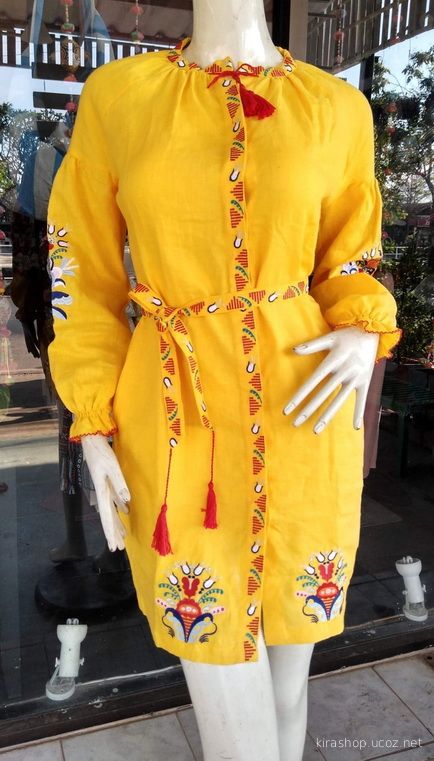 Indian fashion was hardly spotted, sporadically usually on the ramp. Romans were encouraged to "act Roman" in public.
Indian fashion was hardly spotted, sporadically usually on the ramp. Romans were encouraged to "act Roman" in public.
Those who defied these unspoken rules were looked upon as unusual. Sometimes they were even scorned.
But, scenario has changed drastically now. Fashion has encouraged openness into different cultures.
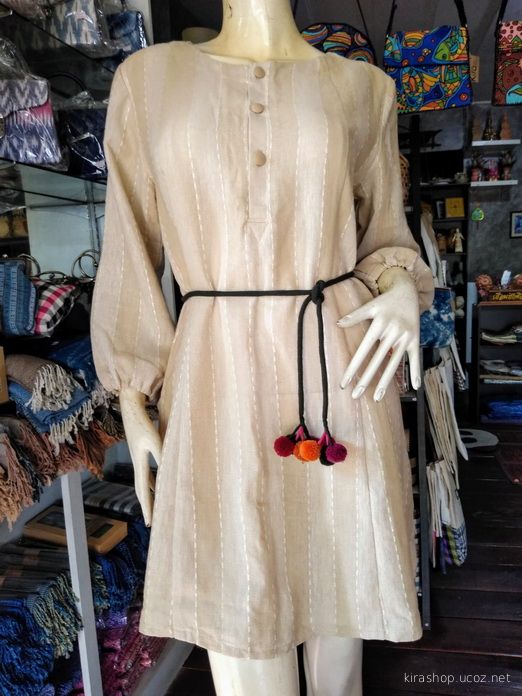 Famous personalities across the globe are now wearing fashions inspired from around the world. This has led to an outburst of interest about cultures, which were once hidden.
Famous personalities across the globe are now wearing fashions inspired from around the world. This has led to an outburst of interest about cultures, which were once hidden.
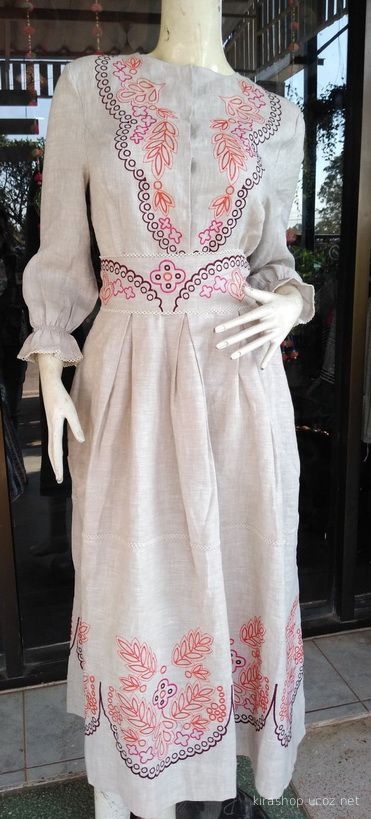
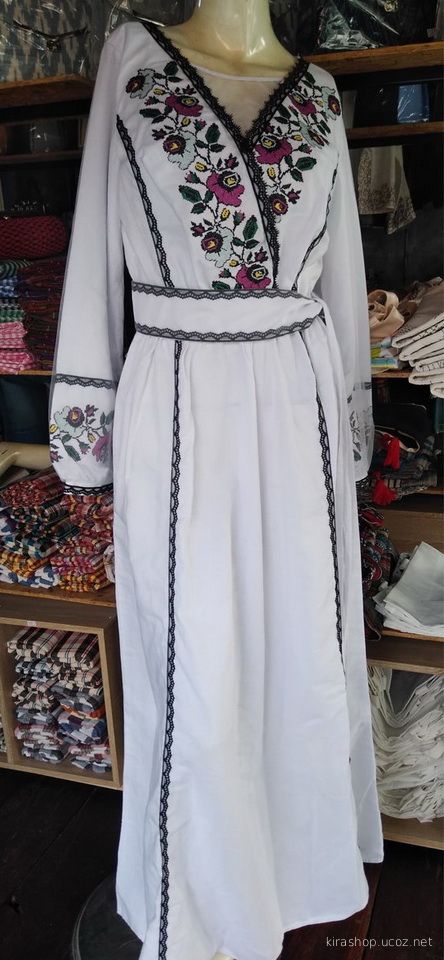 When we go to various toy shops in the local market, we get to see a gigantic display of fashion dolls coming from many different cultures and countries and backgrounds.
When we go to various toy shops in the local market, we get to see a gigantic display of fashion dolls coming from many different cultures and countries and backgrounds.
 With all this new interest into other societies, the modeling industry has had an increase in the number of models with different ethnic looks from across the world.
This has had a very positive influence on our perception of cultural differences. School children now have role models from different cultures, societies, humanities etc across the world to look up to.
With all this new interest into other societies, the modeling industry has had an increase in the number of models with different ethnic looks from across the world.
This has had a very positive influence on our perception of cultural differences. School children now have role models from different cultures, societies, humanities etc across the world to look up to.
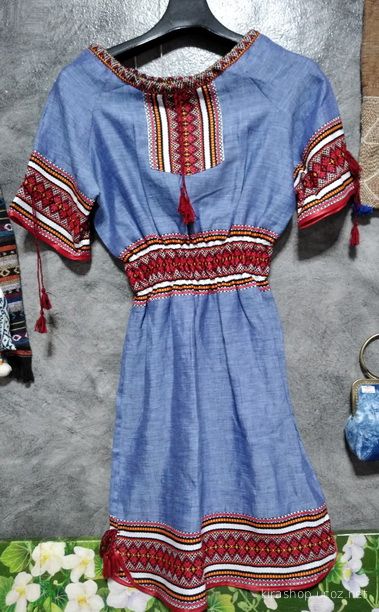
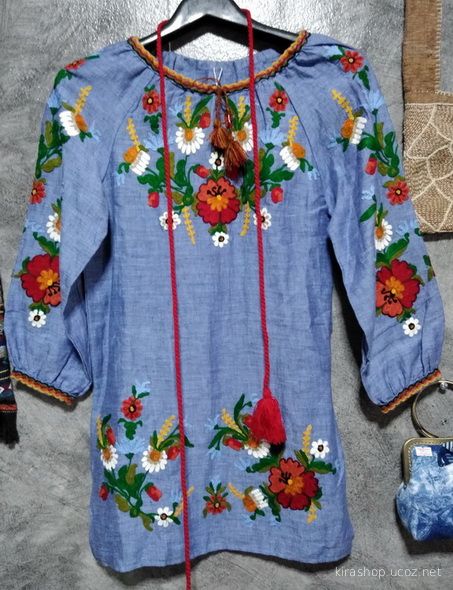
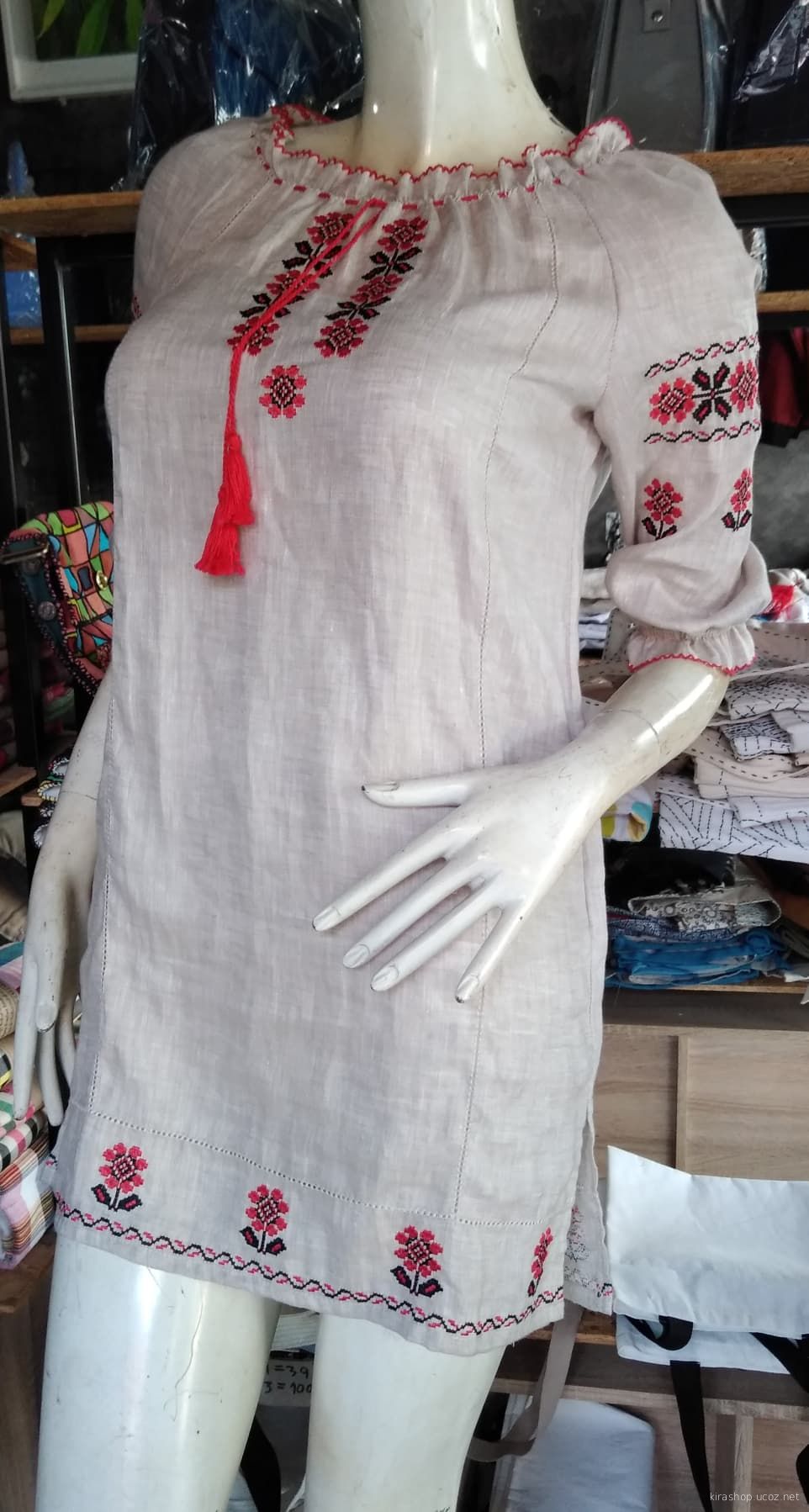
Additionally, these dolls often are dressed in traditional ethnic clothing. Children are now encouraged to have pride in their ethnic cultural backgrounds.
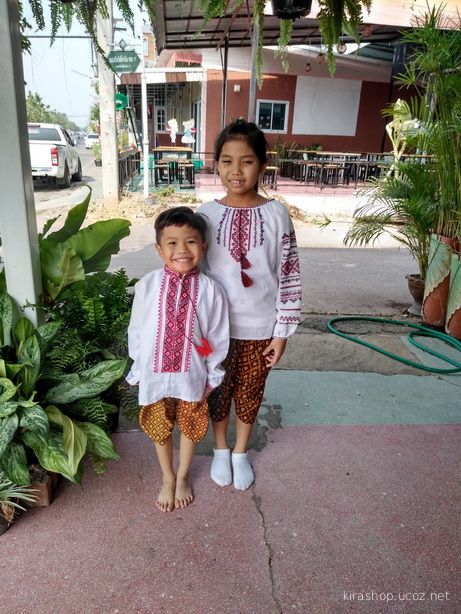
 The fashion world has been a sort of a helping hand in promoting an increase in artistic illustration.
The fashion world has been a sort of a helping hand in promoting an increase in artistic illustration.
We are no longer isolated into a fixed set of standards and rules & regulations. Today we are mixing and matching an array of colors and wide variety of fabrics with abandon. Artistic creative expression is touching the skies at this point of time. The fashion industry now promotes appreciation of artistic & creative dissimilarities instead of sarcasm.
Fashion diversity permits an individual to retain his/her own identity within a group. Most of us appreciate the Japanese, Roman, American, and Egyptian cultures & beliefs, but most of us are probably ignorant of the significance of fashion and the disparities between the cultures. These four cultures are being discussed because they signify a diverse world assessment.
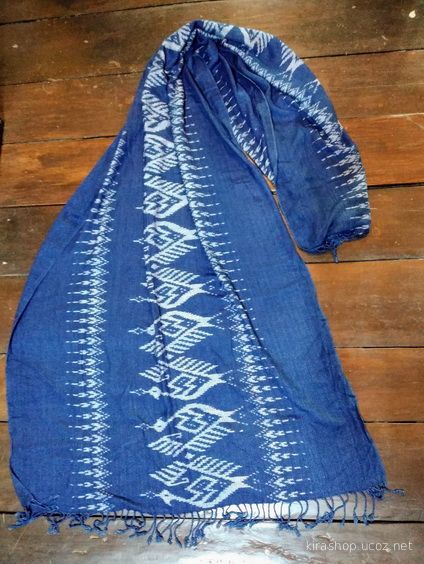
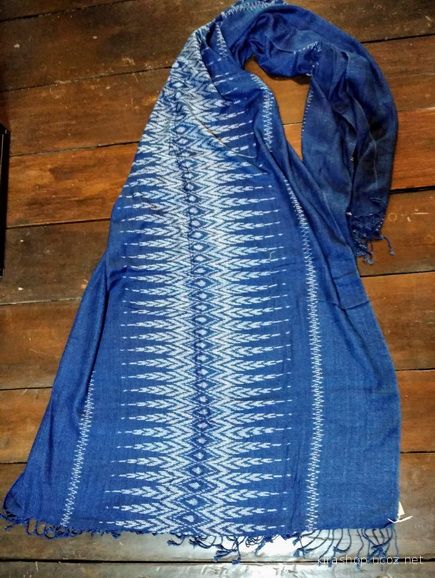
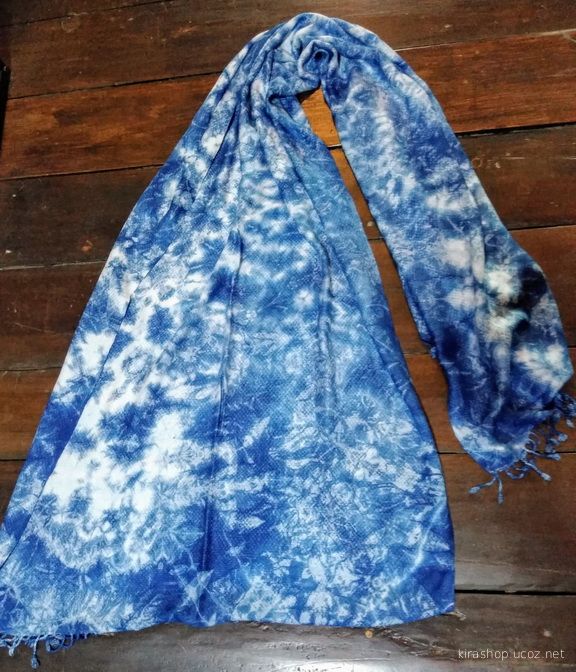
From United States, which is considered as the melting pot of all viewpoints; to the Far East of the world in isolated Japan; to Egypt, possibly the oldest civilization known to us; all the way to the prehistoric Roman Empire, the foundation for modern civilization, these four cultures are distinctive in their own way and stipulate a brilliant opportunity to study.
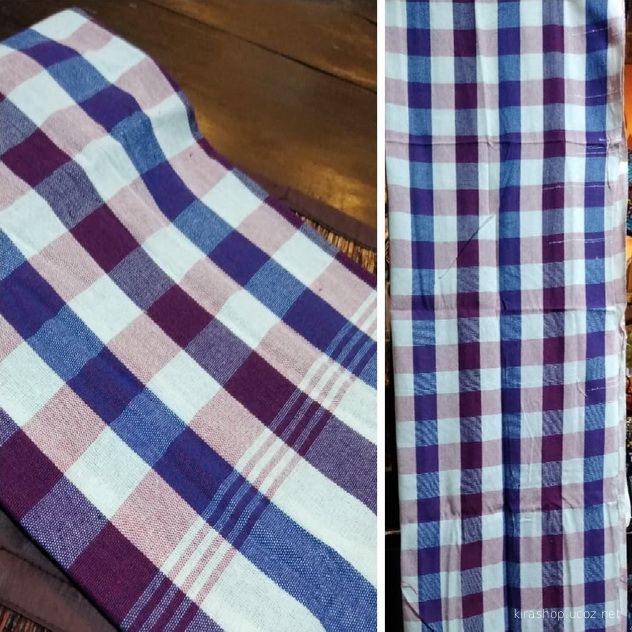
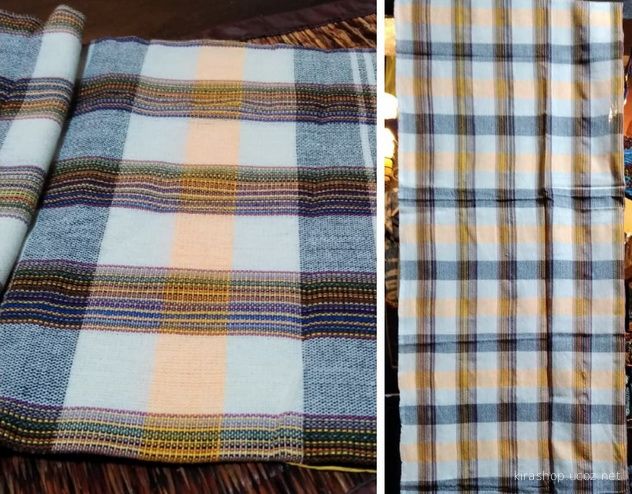 In conclusion, cultural ethnicity within the fashion industry has also had the effect of promoting appreciation of other cultures. There are several reasons for this phenomenon.
They are as follows: Plagiarism is the highest form of adulation. This encourages an openness to explore more about the cultures represented. Today societies are enthusiastic to wear a selection of different cultural fashions. Fashion has amplified the need for cultural multiplicity within the media. There are now more models with different cultural looks. This has encouraged an optimistic pride in an individual legacy.
In conclusion, cultural ethnicity within the fashion industry has also had the effect of promoting appreciation of other cultures. There are several reasons for this phenomenon.
They are as follows: Plagiarism is the highest form of adulation. This encourages an openness to explore more about the cultures represented. Today societies are enthusiastic to wear a selection of different cultural fashions. Fashion has amplified the need for cultural multiplicity within the media. There are now more models with different cultural looks. This has encouraged an optimistic pride in an individual legacy.
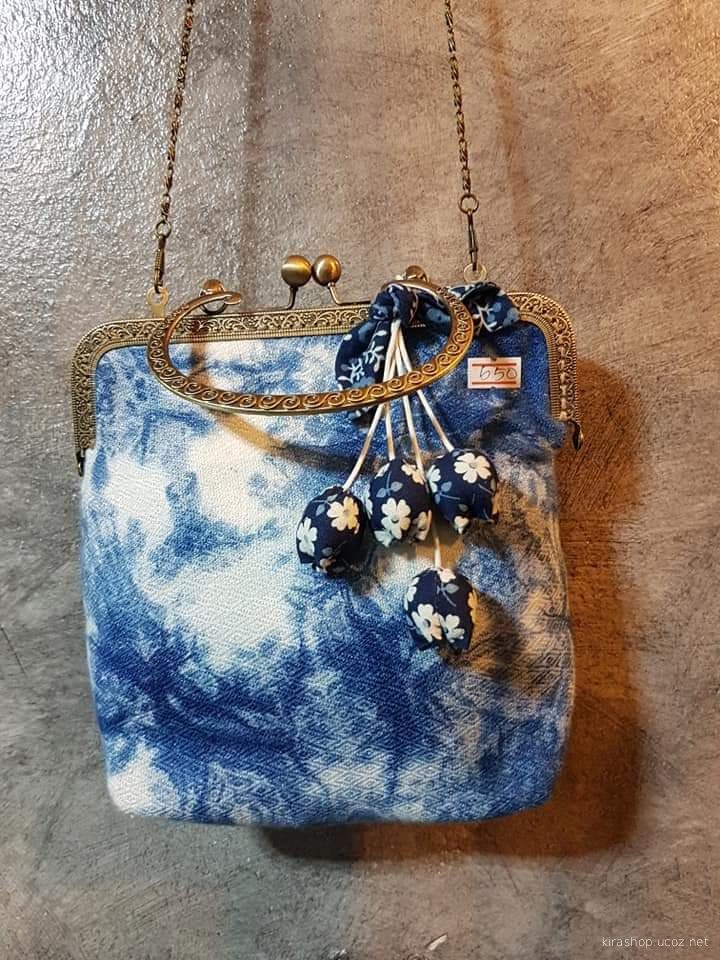
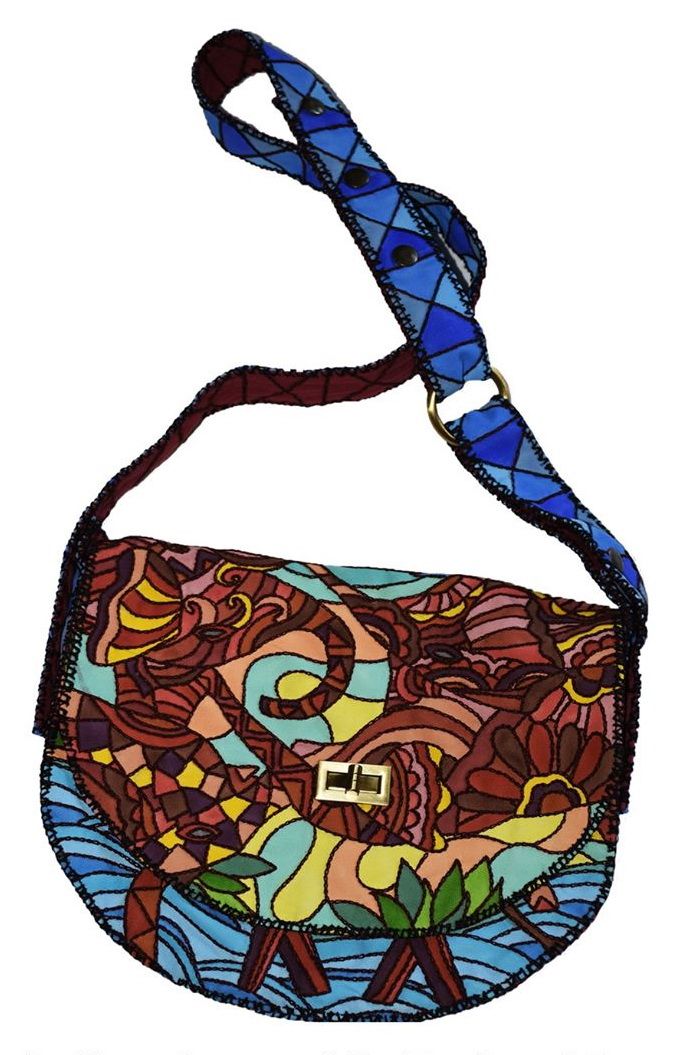
 Fashion has released a new wave of creative manifestation. This, in turn, has promoted appreciation of differences instead of sarcasm. Fashion is now allowing for individual identity within a group. Thus, the fashion trade continues to lead the way towards a more culturally diverse planet.
Fashion has released a new wave of creative manifestation. This, in turn, has promoted appreciation of differences instead of sarcasm. Fashion is now allowing for individual identity within a group. Thus, the fashion trade continues to lead the way towards a more culturally diverse planet.
Vasundhara Bhagat is a Associate Professor and Centre Co-ordinator of Bachelor of Fashion Technology at National Institute of Fashion Technology, Gandhinagar.

